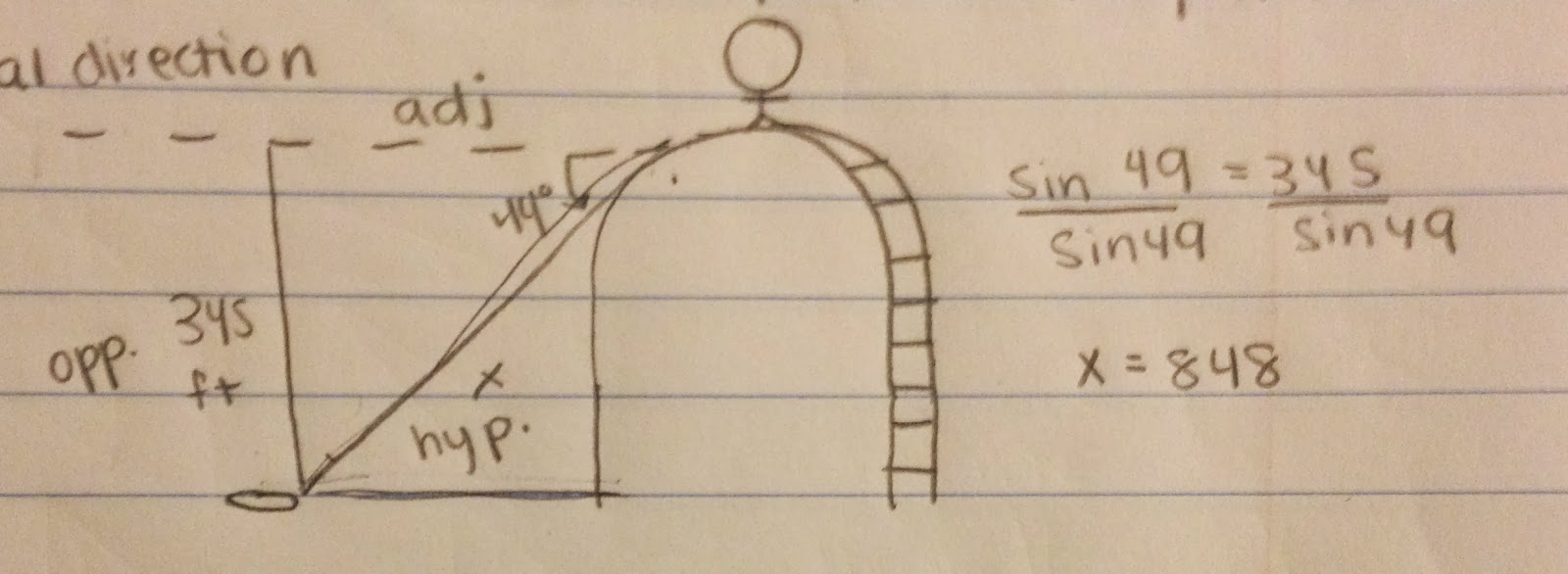Parabola❤︎
1)
Mathematical Definition: A parabola is curved graph, it resembles an arched structure.Any point on a parabola equidistant from a point called the focus, and a straight line called the directrix.
 |
| http://www.mathsisfun.com/definitions/parabola.html |
2)
Algebraically: The equation we use is y=(x-h)^2+k to find the axis of symmetry
Graphically: This is what a parabola looks like graphically
Key Parts: ↗️
1. Axis of Symmetry
2. Focus
3. Vertex
4. Directrix
This Link will explain thoroughly and clearly the conic section of a parabola {http://www2.lv.psu.edu/ojj-rcm27/topics/parabolas.html}
Foci: The foci affect the graph because the closed the foci get to the vertex the skinner the graph gets as shown in the image below
⬇️
 |
| http://www.lessonpaths.com/learn/i/unit-m-conic-section-applets/parabola-geogebra-dynamic-worksheet |
3)
A real world application that i found of a parabola was a satellite dish. when the dish reflects information it bounces off and goes straight directly out. These rays are all bounced off to the same focal point.
⬇️
 |
| http://www.geo-orbit.org/sizepgs/tuningp2.html |
Video ☀︎
https://www.youtube.com/watch?v=r-KmkpxVtGg
4)
Works Cited
http://www.mathsisfun.com/definitions/parabola.html
http://www2.lv.psu.edu/ojj-rcm27/topics/parabolas.html
http://www.lessonpaths.com/learn/i/unit-m-conic-section-applets/parabola-geogebra-dynamic-worksheet
http://www.geo-orbit.org/sizepgs/tuningp2.html
https://www.youtube.com/watch?v=r-KmkpxVtGg |










